There are some artists everyone should know, whether you are living under a rock or deep in some remote cave. History is full of the names of artists who left their mark on history just as much as they left it on the canvas they worked on.
And, of course, you can probably guess the names of a few, like the Renaissance masters Leonardo Da Vinci and Michelangelo di Lodovico Buonarroti Simoni (if my son doesn’t become an artist with a name like that, I’m disowning him. Just saying). Likewise, Georgia O’Keeffe and Frida Kahlo are some of the most significant female artists of the 20th century.
However, these are just the standout names of the creative titans who have become synonymous with art and genius. There are still several others.
So, without further ado, let’s dive into this list of artists everyone should know. And, for the sake of simplicity, we will be classifying them based on their period of activity/type of art they majored in.
MORE IN THIS SERIES:
- Marvels of the Early Mayan Civilization
- See the Seven Wonders Of the Ancient World
- New Seven Wonders of the World
The Most Famous Artists Everyone Should Know
Italian & Northern Renaissance
1. Sandro Botticelli (1445–1510)
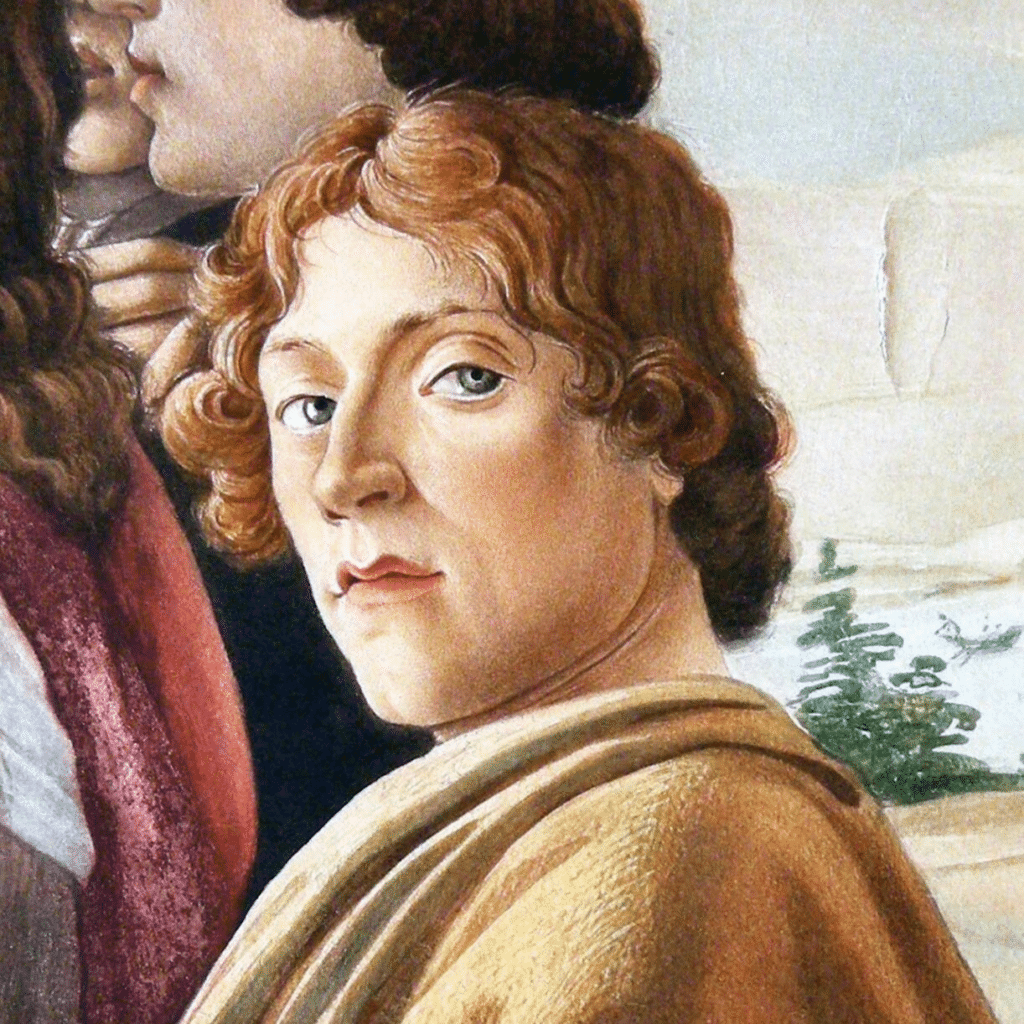
| Full Name | Alessandro di Mariano di Vanni Filipepi |
| Born | c. 1445 (Florence, Italy) |
| Died | May 17, 1510 (Florence, Italy) |
| Notable Artwork | The Birth of Venus, Primavera |
| Movement | Italian Renaissance |
Florentine artist Sandro Botticelli was one of the most prolific painters of the 15th century and one of the artists everyone should know. And even though he majored in secular portraits and Biblical depictions, he is most well-known for his larger-than-life, mythological scenes.
In fact, he was one of the first artists of this time period to revive Classical subject matter and adopt its iconography.
2. Leonardo Da Vinci (1452–1519)

| Full Name | Leonardo di ser Piero da Vinci |
| Born | April 15, 1452 (Vinci, Italy) |
| Died | May 2, 1519 (Amboise, France) |
| Notable Artwork | Mona Lisa, Vitruvian Man |
| Movement | Italian Renaissance |
The original Renaissance man and definitely one of the artists everyone should know!
Not only did Leonardo da Vinci leave behind a collection of notebooks filled with scientific observations and illustrations, but he also left an important legacy of artwork spanning different mediums. His mastery of oil painting techniques such as sfumato and chiaroscuro is evident in his portraits, Mona Lisa and Lady with an Ermine.
The former remains one of the most visited, and controversial, works of art in the world.
3. Albrecht Dürer (1471–1528)
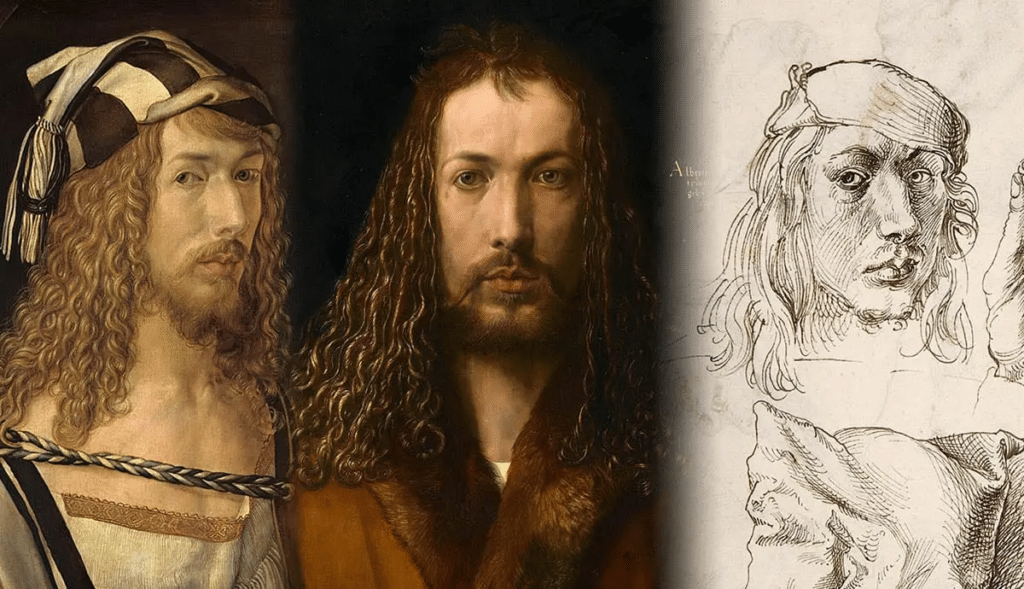
| Full Name | Albrecht Dürer |
| Born | May 21, 1471 (Nuremberg, Germany) |
| Died | April 6, 1528 (Nuremberg, Germany) |
| Notable Artwork | Melancolia I |
| Movement | Northern Renaissance |
Albrecht Dürer was a Northern Renaissance artist and the first to elevate printmaking to a form of fine art. He produced engravings, woodcuts, and etchings based on his meticulously detailed drawings.
It was the first time someone attempted to duplicate such realistic illustrations, and its overwhelming success subsequently inspired other artists to make and distribute prints.
4. Michelangelo (1475–1564)

| Full Name | Michelangelo di Lodovico Buonarroti Simoni |
| Born | March 6, 1475 (Caprese, Italy) |
| Died | February 18, 1564 (Rome, Italy) |
| Notable Artwork | Sistine Chapel ceiling, David |
| Movement | Italian Renaissance |
A master of painting, sculpture, and architecture, Michelangelo Buonarroti is a close runner-up to Da Vinci for the position of original Renaissance man. His nickname Il Divino (‘The Divine One”) is evidence of how beloved he was. Definitely one of the most famous artists everyone should know.
Additionally, his incredible success is significant in a time when most artists did not enjoy wealth or fame while they were alive. In fact, Michelangelo is the first Western artist to have a biography published during his lifetime.
5. Raphael (1482–1520)
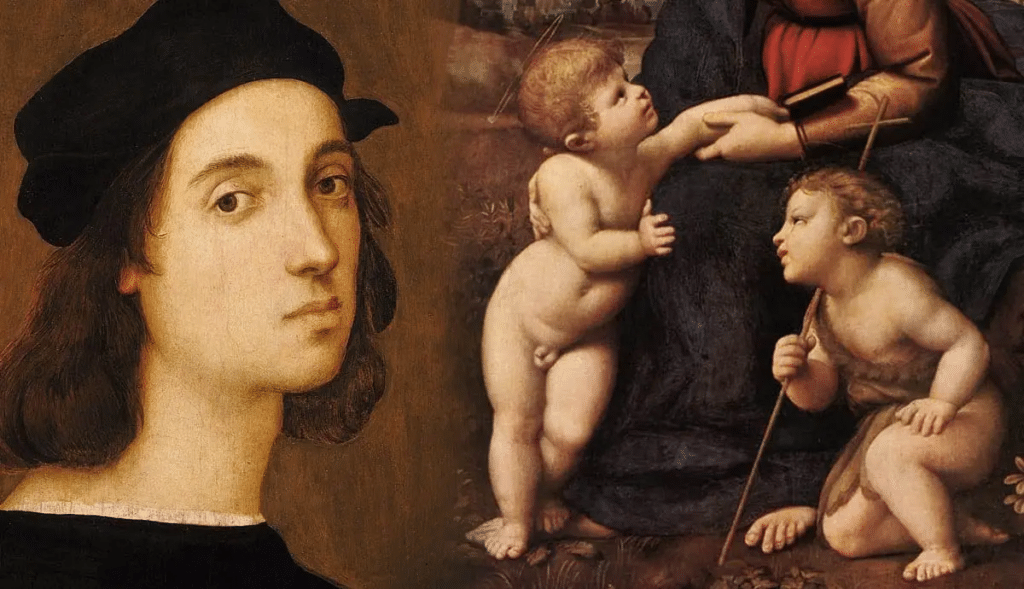
| Full Name | Raffaello Sanzio da Urbino |
| Born | March 28 or April 6, 1483 (Urbino, Italy) |
| Died | April 6, 1520 (Rome, Italy) |
| Notable Artwork | The School of Athens |
| Movement | Italian Renaissance |
Raffaello Sanzio da Urbino, best known simply as Raphael (1482–1520), is held today as a master of form and composition. Despite his demise at a young age (at just 37 years old), the Italian architect and painter left behind a vast body of work.
He is primarily known for his Madonna paintings, including his vivid Madonna in the Grass, as well as his large-scale mural, The School of Athens, which celebrates philosophy.
SEE: Snowfall in Africa: Discover The 10 African Countries Where It Snows
Baroque Period
6. Caravaggio (1571–1610)
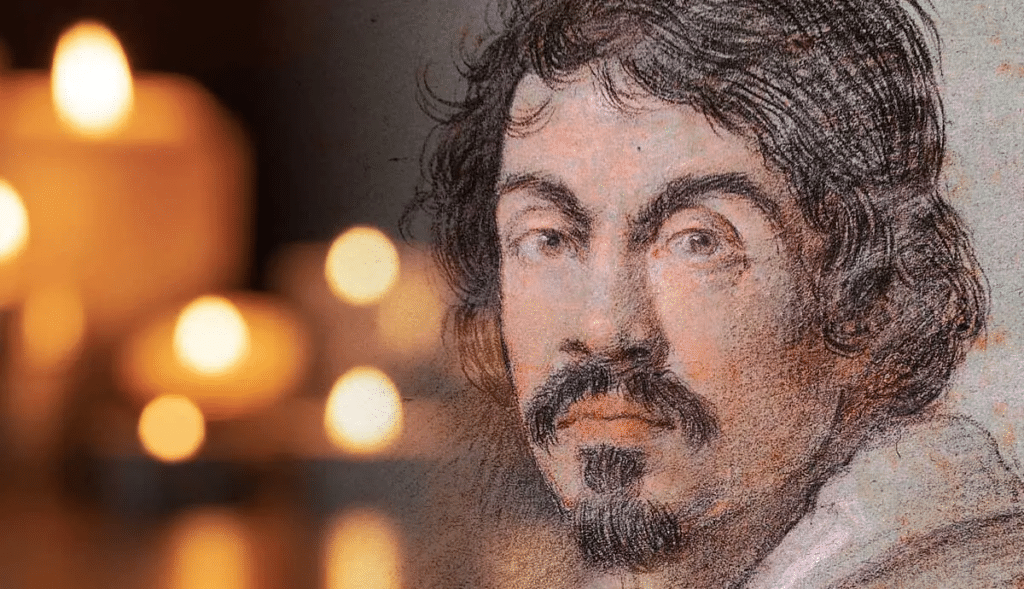
| Full Name | Michelangelo Merisi da Caravaggio |
| Born | September 29, 1571 (Milan, Italy) |
| Died | July 18, 1610 (Porto Ercole, Italy) |
| Notable Artwork | David with the Head of Goliath, The Calling of St. Matthew |
| Movement | Baroque |
Michelangelo Merisi — better known as Caravaggio — led a passionate and turbulent life and is one of the artists everyone should know. His artistic legacy is just as evocative in style and technique.
Never before had an artist used “normal” people as models for paintings of biblical characters. Furthermore, his masterful use of extreme light and dark, or tenebrism, added an unparalleled psychological drama to his paintings.
7. Peter Paul Rubens (1577–1640)
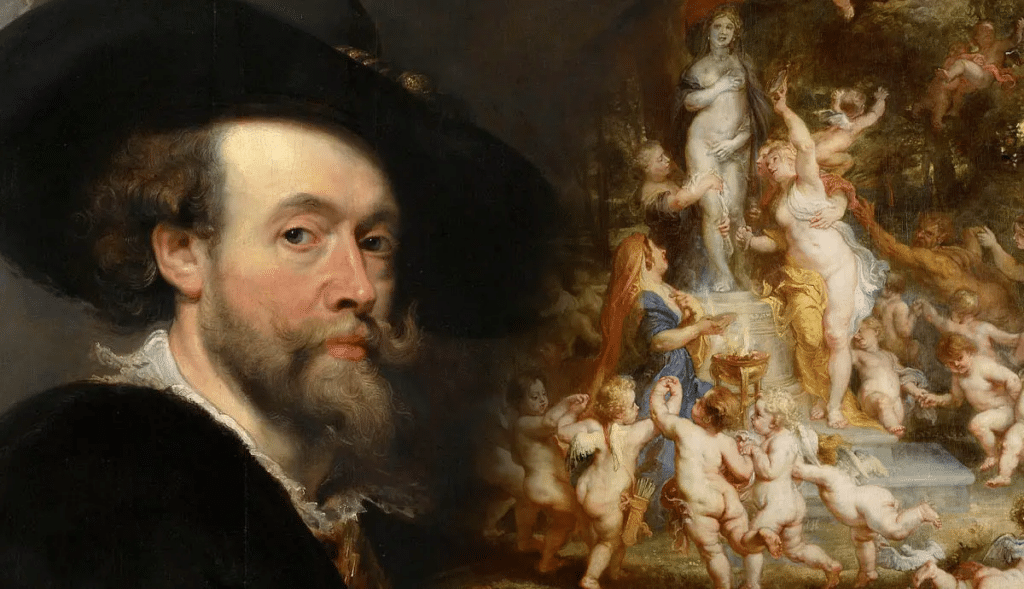
| Full Name | Sir Peter Paul Rubens |
| Born | June 28, 1577 (Siegen, Germany) |
| Died | May 30, 1640 (Antwerp, Belgium) |
| Notable Artwork | Rape of the Daughters of Leucippus |
| Movement | Baroque |
Sir Peter Paul Rubens was a prominent Flemish Baroque painter who lived during the Dutch Golden Age and one of the artists everyone should know. His distinct style emphasized color, movement, and drama — all key characteristics of the Baroque period.
Known for his voluptuous women, opulent colors, and dynamic compositions, Rubens established himself as a prominent court painter for the Spanish Hapsburgs. He also developed an international reputation as an artist and diplomat.
8. Artemisia Gentileschi (1593–C. 1656)
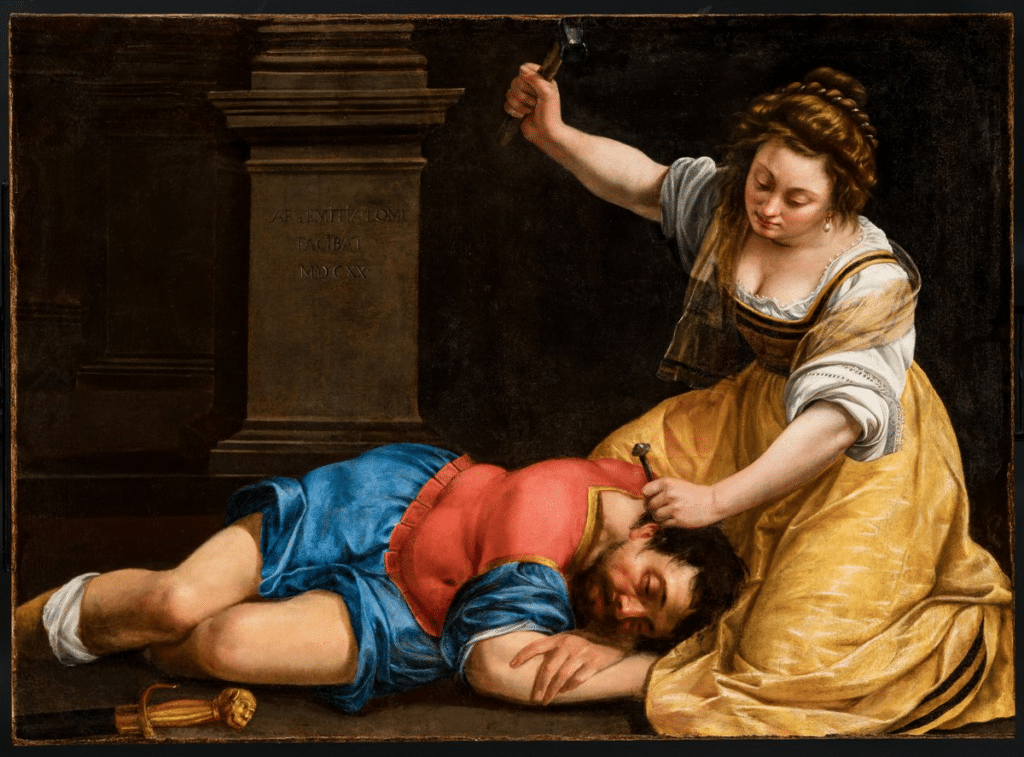
| Full Name | Artemisia Gentileschi |
| Born | July 8, 1593 (Rome, Italy) |
| Died | c. 1656 (Naples, Italy) |
| Notable Artwork | Judith Slaying Holofernes |
| Movement | Baroque |
The daughter of an accomplished painter, Artemisia Gentileschi was exposed to the art world from a young age. Her father noted that she was exceptionally gifted when she used to mix paints in his workshop and supported her career.
As a noted painter of the Italian Baroque period, Gentileschi did not let her gender hold her back from her subject matter. She painted large-scale Biblical and mythological paintings, just like her male counterparts, and was the first woman accepted to the prestigious Fine Art Academy in Florence.
9. Gian Lorenzo Bernini (1598–1680)
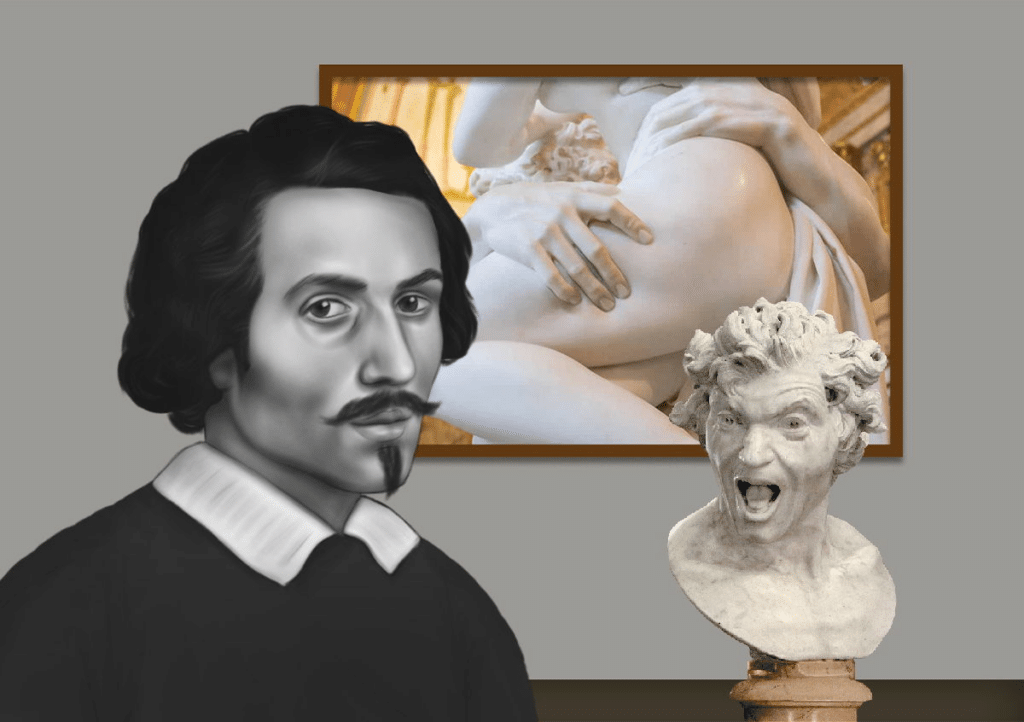
| Full Name | Gian Lorenzo Bernini |
| Born | December 7, 1598 (Naples, Italy) |
| Died | November 28, 1680 (Rome, Italy) |
| Notable Artwork | David, Apollo and Daphne |
| Movement | Baroque |
Gian Lorenzo Bernini is one of the most famous artists everyone should know, as, with an impressive career that spanned nearly 70 years, no other artist defines the Baroque era more than him.
A child prodigy, Bernini was creating large-scale marble sculptures as a teen. Later, he would become the architect of St. Peter’s Basilica, and, following in Michelangelo’s footsteps, he created the Basilica’s iconic plaza and colonnade, as well as its central bronze canopy. A master of materials, Bernini is known for his astonishing ability to create movement and bring forth emotion with his work.
10. Diego Velázquez (1599–1660)

| Full Name | Diego Rodríguez de Silva y Velázquez |
| Born | baptized June 6, 1599 (Seville, Spain) |
| Died | August 6, 1660 (Madrid, Spain) |
| Notable Artwork | Las Meninas |
| Movement | Baroque |
Of the many influential artists that emerged during the Baroque period, Diego Velázquez is one of the best known for his honest and exquisite portraits of royalty. His position as a court painter granted the artist opportunities to travel Europe and see the art of the old masters and capture some of the most prestigious people of the time.
Velázquez’s portraits are considered to be among the finest ever made and had a lasting impact on future artists like Manet and Picasso, making him one of the artists everyone should know.
READ ALSO: Can People With Tattoos Go To Heaven?
10. Rembrandt (1606–1669)
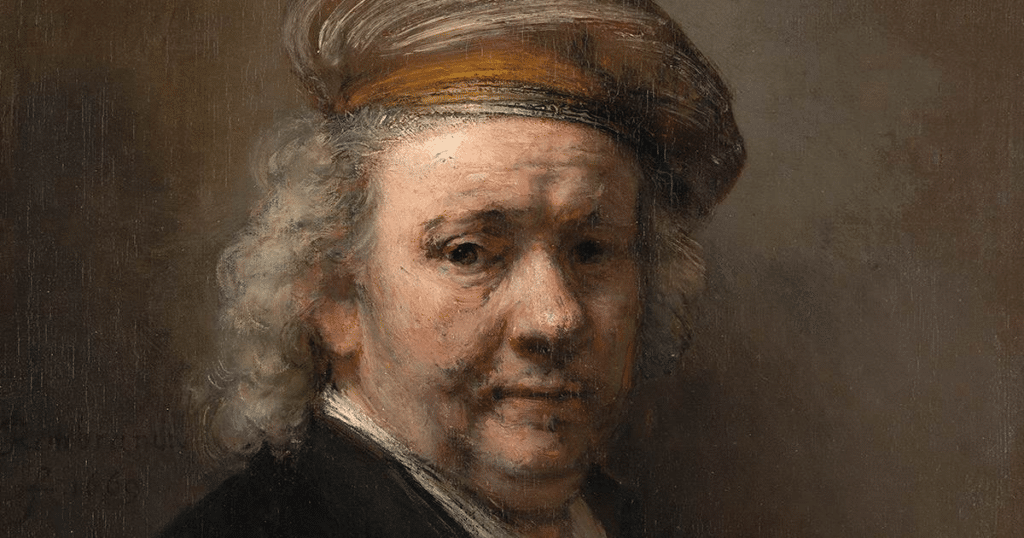
| Full Name | Rembrandt Harmenszoon van Rijn |
| Born | July 15, 1606 (Leiden, Netherlands) |
| Died | October 4, 1669 (Amsterdam, Netherlands) |
| Notable Artwork | The Night Watch |
| Movement | Baroque |
Dutch artist Rembrandt Harmenszoon van Rijn is regarded as one the most important and influential figures in the history of art. A master painter, printmaker, and draughtsman, his extensive body of work continues to fascinate art lovers around the world.
This is why he is also known as an “Old Master”, a label reserved for Europe’s most prolific pre-19th century painters.
11. Johannes Vermeer (1632–1675)
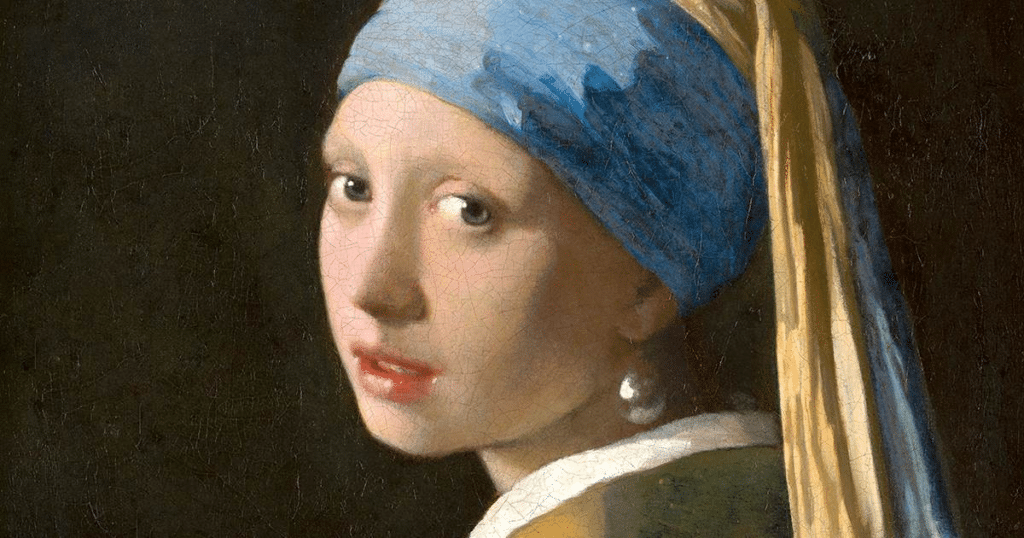
| Full Name | Johannes Vermeer |
| Born | baptised October 31, 1632 (Delft, The Netherlands) |
| Died | December 15, 1675 (Delft, The Netherlands) |
| Notable Artwork | Girl with a Pearl Earring |
| Movement | Baroque |
One of the most famous artists everyone should know, Johannes Vermeer was devoted to exploring the everyday moments of the 17th-century Dutch Golden Age. Often painting scenes of domestic life, he was dubbed the “Master of Light” due to the way he perfectly painted how natural light danced on the skin, fabrics, and other objects.
Although he was a relatively successful painter during his lifetime, there are only 34 paintings attributed to him today. Still, this precious portfolio reveals the artist’s exceptional understanding of color, composition, and realism.
Famous works: Girl with a Pearl Earring (c. 1665).
Realism—Impressionism
12. Éduoard Manet (1832–1883)
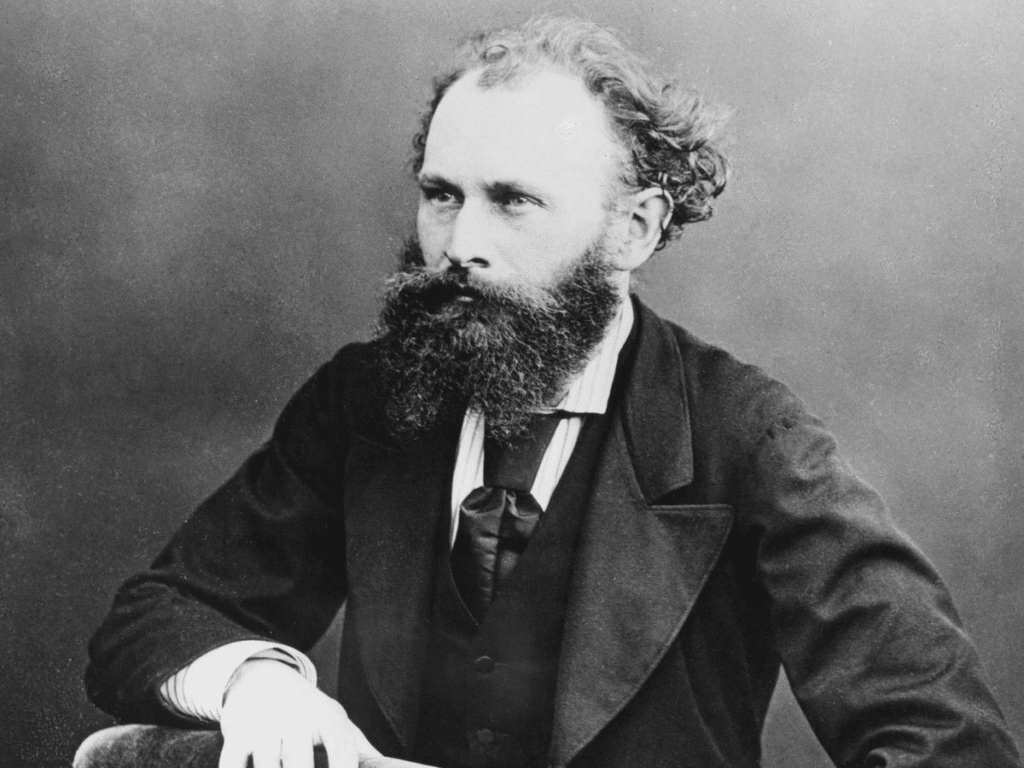
| Full Name | Édouard Manet |
| Born | January 23, 1832 (Paris, France) |
| Died | April 30, 1883 (Paris, France) |
| Notable Artwork | The Luncheon on the Grass, A Bar at the Folies-Bergère |
| Movement | Realism, Impressionism |
One of the artists everyone should know, Édouard Manet was one of the first 19th-century artists to paint modern life and a pioneering figure who led the transition from Realism to Impressionism. Controversial at the time, his paintings depicted nude women — one of them the French female painter, Victorine Meurent — who posed for several of Manet’s most famous paintings, including Olympia.
Famous works: Olympia (1863), The Luncheon on the Grass (1863), A Bar at the Folies-Bergère (1882)
Related: Top 15 Most Famous Female Cartoon Characters of All Time
Impressionism
13. Edgar Degas (1834–1917)

| Full Name | Hilaire-Germain-Edgar De Gas |
| Born | July 19, 1834 (Paris, France) |
| Died | September 27, 1917 (Paris, France) |
| Notable Artwork | The Dance Class |
| Movement | Impressionism |
Unlike other Impressionists and artists everyone should know, Edgar Degas did not focus on light and nature. Instead, he preferred to capture intimate indoor depictions. This interest is evident in his collection of ballet paintings, as well as his voyeuristic pastel series of women at la toilette.
Famous works: The Dance Class (1875), L’Absinthe (1875–1876).
15. Oscar-Claude Monet (1840–1926)

| Full Name | Oscar-Claude Monet |
| Born | November 14, 1840 (Paris, France) |
| Died | December 5, 1926 (Giverny, France) |
| Notable Artwork | Water Lilies series |
| Movement | Impressionism |
With a one-of-a-kind style and a pioneering approach to painting, Claude Monet is definitely one of the most famous artists everyone should know.
Renowned as an influential Impressionist figure, the French artist used distinctively dappled brushstrokes, a characteristically colorful range of tones, and a focus on light to create compositions that captured the essence of the movement.
Famous works: Impression, Sunrise (1872), Water Lilies series (1883–1926).
16. Mary Cassatt (1844–1936)

| Full Name | Mary Stevenson Cassatt |
| Born | May 22, 1844 (Allegheny City, PA, USA) |
| Died | June 14, 1926 (Le Mesnil-Theribus, France |
| Notable Artwork | The Child’s Bath |
| Movement | Impressionism |
Mary Cassatt was an American artist who was initially introduced to Paris’ premier artists by Edgar Degas. She would later become a key figure in the French, male-dominated movement and is definitely one of the artists everyone should know.
Cassatt is known for her interest in representing women and girls in her art, which mostly manifested as quiet, mother-daughter depictions. However, some of her pieces, like her celebrated Little Girl in a Blue Armchair, depict women and girls in a state of solitary reflection.
Famous works: Little Girl in Blue Armchair (1878), Child’s Bath (1893).
ALSO READ: Who Invented School? Let’s Find Out
Post-Impressionism
17. Paul Cézanne (1839–1906)
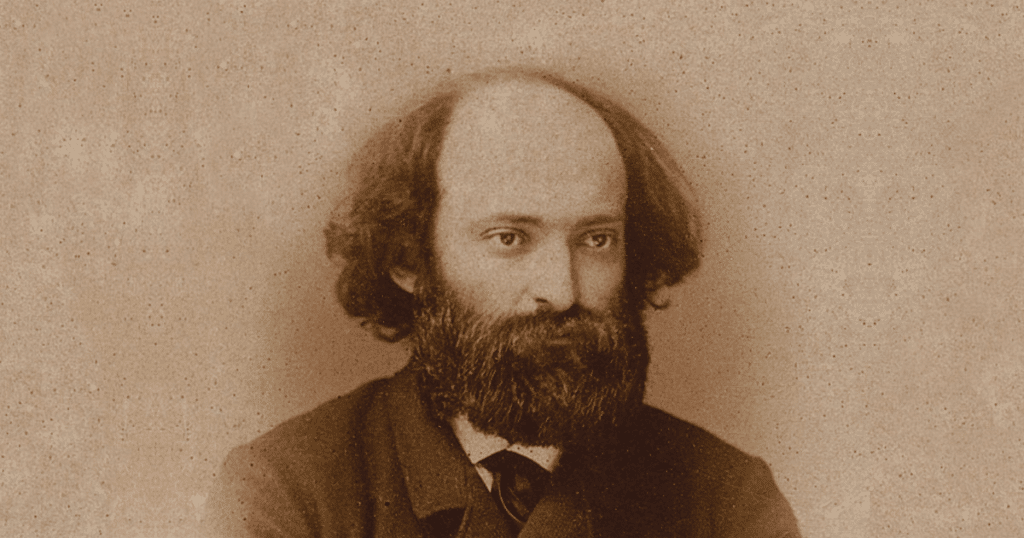
| Full Name | Paul Cézanne |
| Born | January 19, 1839 (Aix-en-Provence, France) |
| Died | October 22, 1906 (Aix-en-Provence, France) |
| Notable Artwork | Mont Sainte-Victoire, The Card Players |
| Movement | Post-Impressionism |
French artist Paul Cézanne was one of the pioneers of the Post-Impressionist art movement. His work is characterized by painterly brushstrokes, an avant-garde approach to perspective, and a vivid color palette. Additionally, he is celebrated as the forefather of Fauvism and a precursor to Cubism.
Given his prominence in these groundbreaking genres, Cézanne is regarded as one of the most influential figures in the history of modern art and one of the artists everyone should know.
Famous works: The Card Players series (early 1890s), The Bathers series (1898–1905).
18. Paul Gauguin (1848–1903)
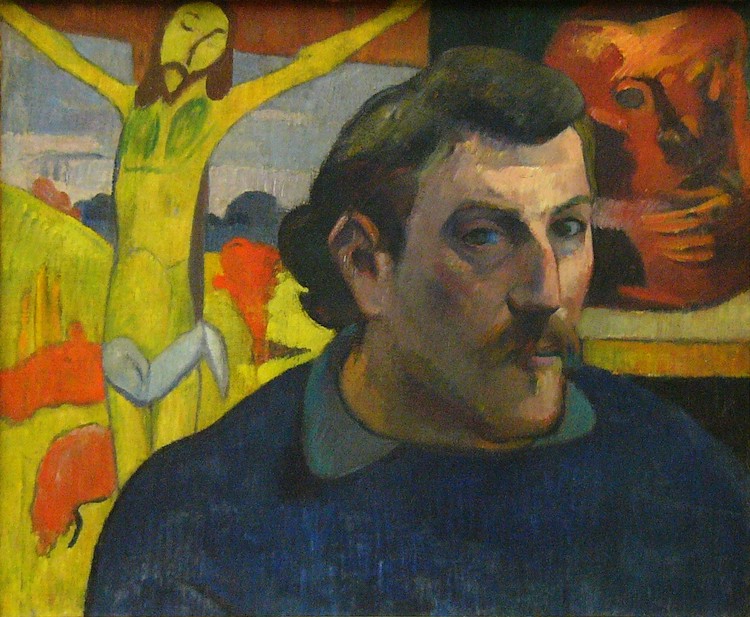
| Full Name | Eugène Henri Paul Gauguin |
| Born | June 7, 1848 (Paris, France) |
| Died | May 8, 1903 (Atuona, Marquesas Islands, French Polynesia) |
| Notable Artwork | Where Do We Come From? What Are We? Where Are We Going? |
| Movement | Post-Impressionism |
One of the most significant French painters of the Post-Impressionist movement, Paul Gauguin experimented with new color theories and new stylistic approaches to painting. He famously worked alongside Vincent Van Gogh during a summer in the south of France, before abandoning his life in Western society altogether.
He traveled in the early 1890s to the South Pacific where he developed a new style that married his day-to-day observations with mythical symbolism. This style was strongly influenced by the so-called “primitive” arts of Africa, Asia, and French Polynesia.
Famous works: The Yellow Christ (1889), Where Do We Come From? What Are We? Where Are We Going? (1897).
19. Vincent Van Gogh (1853–1890)

| Full Name | Vincent Willem van Gogh |
| Born | March 30, 1853 (Zundert, The Netherlands) |
| Died | July 29, 1890 (Auvers-sur-Oise, France) |
| Notable Artwork | The Starry Night, Sunflowers |
| Movement | Post-Impressionism |
Everyone knows Van Gogh. And for those who don’t, he is one of the artists everyone should know.
However, despite his post-humous fame, his life was not as untroubled as his colorful canvases would suggest. From financial struggles to his failing mental health, Van Gogh faced many personal challenges during his career. In spite of this, he left behind a dazzling body of work in an iconic style that is uniquely his own.
Famous works: The Starry Night (1889), Sunflowers (1887).
20. Henri Matisse (1869–1954)
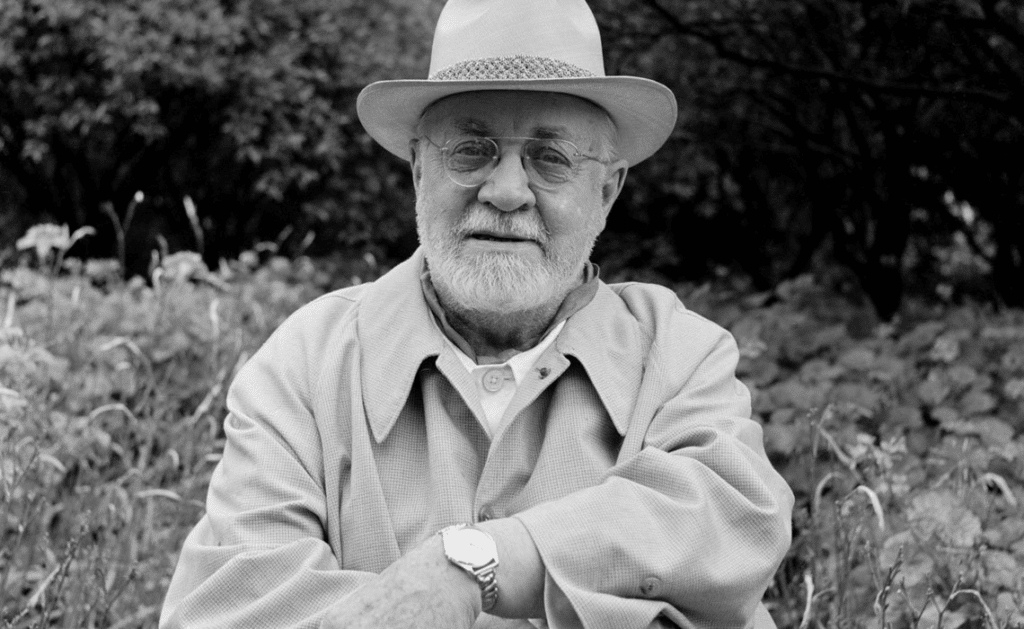
| Full Name | Henri Émile Benoît Matisse |
| Born | December 31, 1869 (Le Cateau-Cambrésis, France) |
| Died | November 3, 1954 (Nice, France) |
| Notable Artwork | The Dance |
| Movement | Post-Impressionism, Fauvism |
Considered the greatest colorist of the 20th century and a revolutionary artist who helped define modern art, French artist Henri Matisse is one of the artists everyone should know. He first emerged as a Post-Impressionist and then led the Fauvism movement French for “wild beasts” in 1904.
The Les Fauves were a group of modern artists who favored pure, bright colors and expressive brushstrokes over realism.
Famous works of art: Woman with a Hat (1905), The Dance (1909–10).
Related: Best 10+ Cutest Boy in the World:
Modern Art
21. Pablo Picasso (1881–1973)
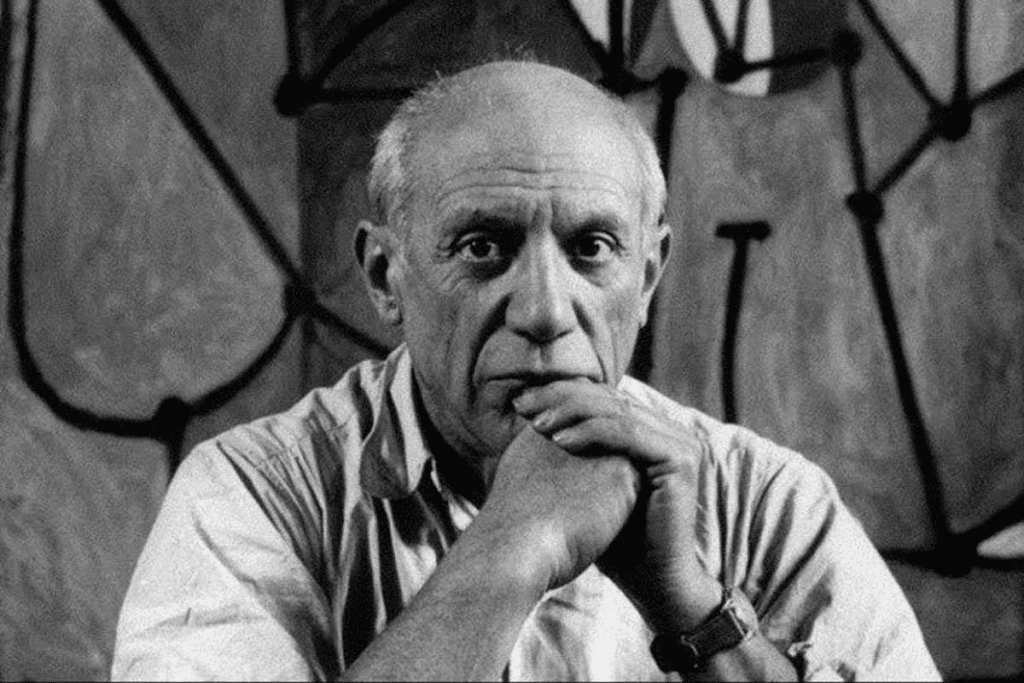
| Full Name | Pablo Diego José Francisco de Paula Juan Nepomuceno María de los Remedios Cipriano de la Santísima Trinidad Ruiz y Picasso |
| Born | October 25, 1881 (Málaga, Spain) |
| Died | April 8, 1973 (Mougins, France) |
| Notable Artwork | Les Demoiselles d’Avignon, Guernica |
| Movement | Cubism |
With a career that spanned 79 years and included success in painting, sculpting, ceramics, poetry, stage design, and writing, Pablo Picasso is one of the most famous artists everyone should know, as he was one of the most important artists of the 20th century.
Where most artists are known for one iconic style, Picasso’s changed several times during his lifetime. Some of his most distinct periods include the Blue Period, Cubism, and Surrealism.
Famous works: Les Demoiselles d’Avignon (1907), Guernica (1937).
22. Diego Rivera (1886–1957)
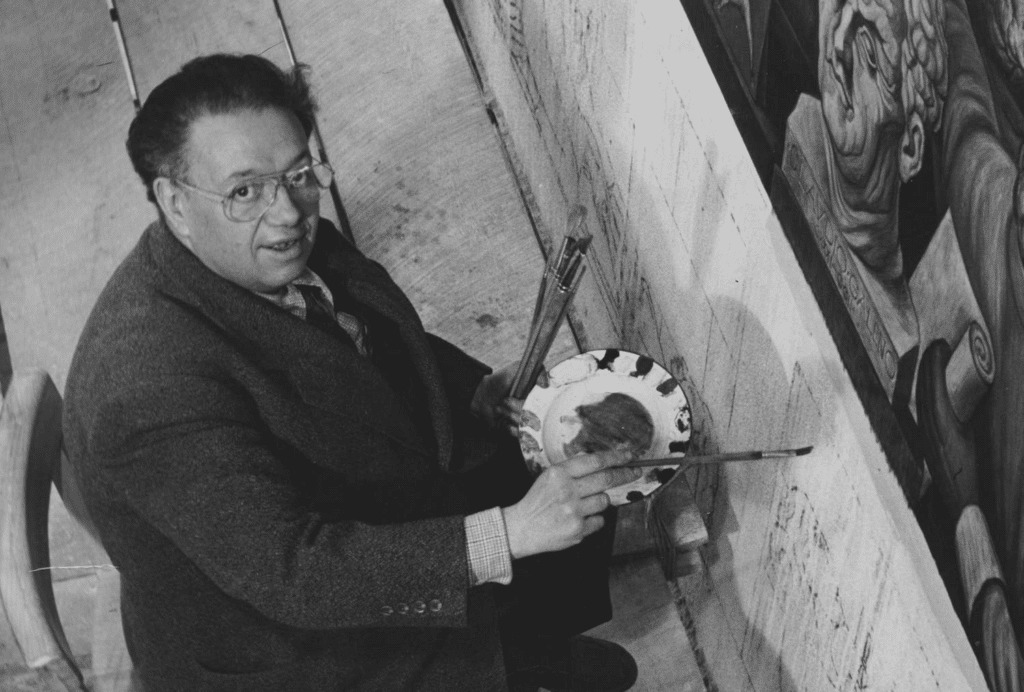
| Full Name | Diego María de la Concepción Juan Nepomuceno Estanislao de la Rivera y Barrientos Acosta y Rodríguez |
| Born | December 8, 1886 (Guanajuato City, Mexico) |
| Died | November 24, 1957 (Mexico City, Mexico) |
| Notable Artwork | The History of Mexico, Man at the Crossroads |
| Movement | Mexican Mural Movement |
Equally famous for his revolutionary paintings and tumultuous personal life, Diego Rivera remains one of modern art‘s most well-known figures and one of the artists everyone should know. He was one of the leading figures of Mexican Muralism, creating distinct paintings characterized by a bold color palette and simplified forms inspired by both Mayan and Aztec art.
With his large-scale public works, Rivera communicated important political messages that challenged, mobilized, and inspired the public.
Famous works: Man at the Crossroads (1934).
SEE: Intrusive Thoughts: What They Are, How To Manage Them Better
23. Georgia O’Keeffe (1887–1986)

| Full Name | Georgia Totto O’Keeffe |
| Born | November 15, 1887 (Sun Prairie, WI, USA) |
| Died | March 6, 1986 (Santa Fe, NM, USA) |
| Notable Artwork | Cow’s Skull: Red, White, and Blue |
| Movement | American Modernism |
American artist Georgia O’Keeffe is one of the artists everyone should know who helped to usher in the American Modernism movement with a style that favors the interpretation of subjects rather than representing them through strict realism. She is famous for her abstract depictions of colorful blooms and landscapes of the Southwestern United States.
Famous works: Jimson Weed (1936), Sky Above Clouds IV (1965).
24. Salvador Dalí (1904-1989)
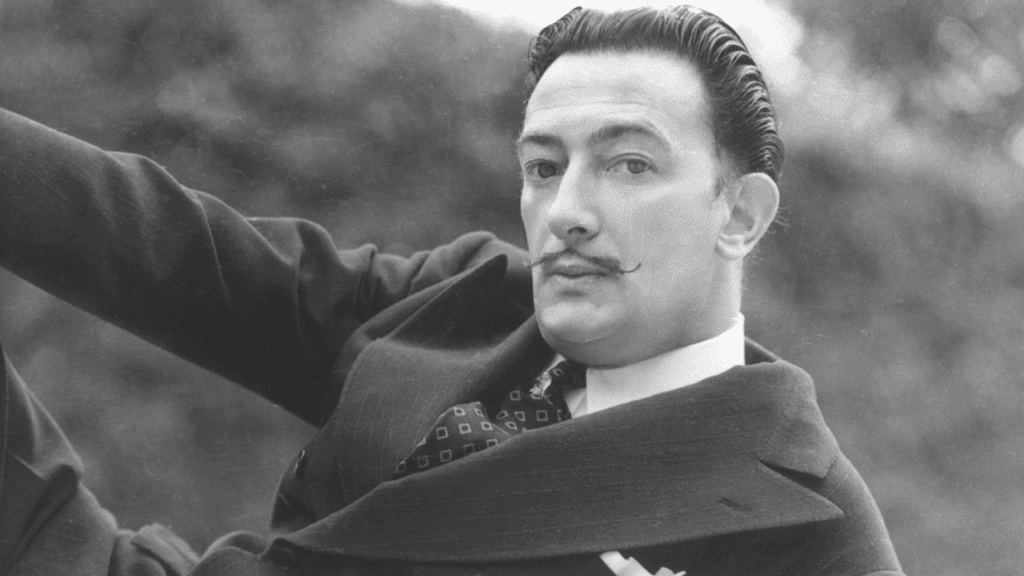
| Full Name | Salvador Domingo Felipe Jacinto Dalí i Domènech |
| Born | May 11, 1904 (Figueres, Spain) |
| Died | January 23, 1989 (Figueres, Spain) |
| Notable Artwork | The Persistence of Memory |
| Movement | Surrealism |
Few artists are as visually iconic as Salvador Dalí, and not just because of the mustache.
While he explored a variety of mediums during his lifetime, including sculpture, printmaking, fashion, writing, and even filmmaking, Dalí’s paintings stand out as particularly epochal. In particular, the artist developed his own visual language for depicting his own inner world, dreams, and hallucinations.
Famous works: The Persistence of Memory (1931), The Temptation of Saint Anthony (1946).
25. Frida Kahlo (1907–1954)

| Full Name | Magdalena Carmen Frida Kahlo y Calderón |
| Born | July 6, 1907 (Coyoacán, Mexico City, Mexico) |
| Died | July 13, 1954 (Coyoacán, Mexico City, Mexico) |
| Notable Artwork | The Two Fridas |
| Movement | Surrealism, Magic Realism |
One of the most famous female painters of all time, Mexican artist Frida Kahlo is one of the artists everyone should know. Her passionate yet tumultuous life greatly impacted the subject matter of her paintings, and her legacy continues to make an impact today.
She is particularly known for her compelling self-portraits, which deal with themes of identity, suffering, and the human body.
Famous works: The Two Fridas (1932), Self-Portrait with Thorn Necklace and Hummingbird (1940).
Famous Artists Everyone Should Know: It’s A Wrap
Whether it is through their distinctive style, their participation in a pivotal art movement, or their eccentric life, these artists have achieved astounding fame.
Also, it should be noted that this list of artists everyone should know is not an exhaustive list that in any way indicates the most talented or most worthy of recognition. Art has had an unfortunate history of excluding women and people of color, and these are just some of the ones whose names still resonate through the annals of history.
